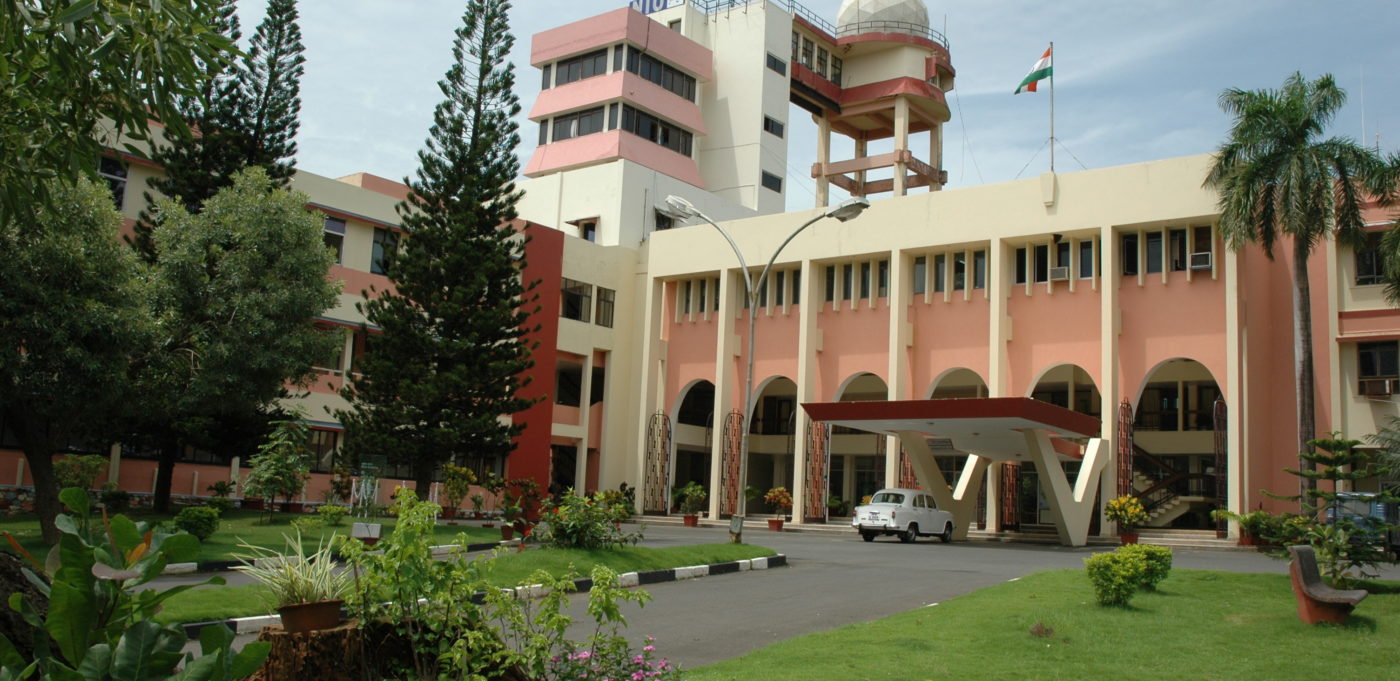The researchers at Dona Paula based CSIR- National Institute of Oceanography (NIO) have developed a robotic platform that can be stationed at any water depth down to 200 metres to track the oceanic processes.
“Scientists at Marine Instrumentation group of CSIR – National Institute of Oceanography (CSIR-NIO) have developed a robotic platform, Seabed Resident Event Profiler (SREP), that can be stationed at any water depth down to 200 meters along the Indian coast,” NIO spokesman sai today.
“SREP is designed to track oceanic processes such as upwelling that occurs regularly during June to September along the west coast of India and are important for the ecosystem sustenance and fishery,” he said.
“Several sensors that can detect the conditions associated with upwelling such as low temperature, low oxygen, high nutrients, and changes in density patterns are placed on this platform,” he added.
NIO has said “this robot records the water column information regularly as programmed at every 10 to 25cm during every profile four times a day, stores the data and communicates the same to users at the institute.”
“The robot in its final configuration will be able to sit on the seabed for 100 days continuously,” he said.
During the recent voyage of RV Sindhu Sadhana, the latest state of the art research vessel of institute, SREP was tested and deployed.
“The robot autonomously profiles the water column from as deep as 200 meters to surface of the sea. Underwater photograph of SREP at 26 metres below the sea surface shows the system ready for profiling,” the spokesman added.
The SREP is particularly targeted at studies related to monsoons, global climate and upwelling. Southwest monsoons being the backbone of this country’s economy, knowing the conditions related to onset of monsoon is one of the major goals.
“Upwelling is another phenomenon associated with monsoons during which migration of deep sea oxygen minimum zone (OMZ) towards the coast as shallow as 30 meters occurs, apart from bringing the nutrient rich water to the surface and increasing the biological productivity of the region. The figure shows a salinity temperature profile collected during the deployment,” he said.
“SREP is being prepared for deployment for a duration of about 100 days during upcoming monsoon season,” the spokesman added.
Team TNV



























